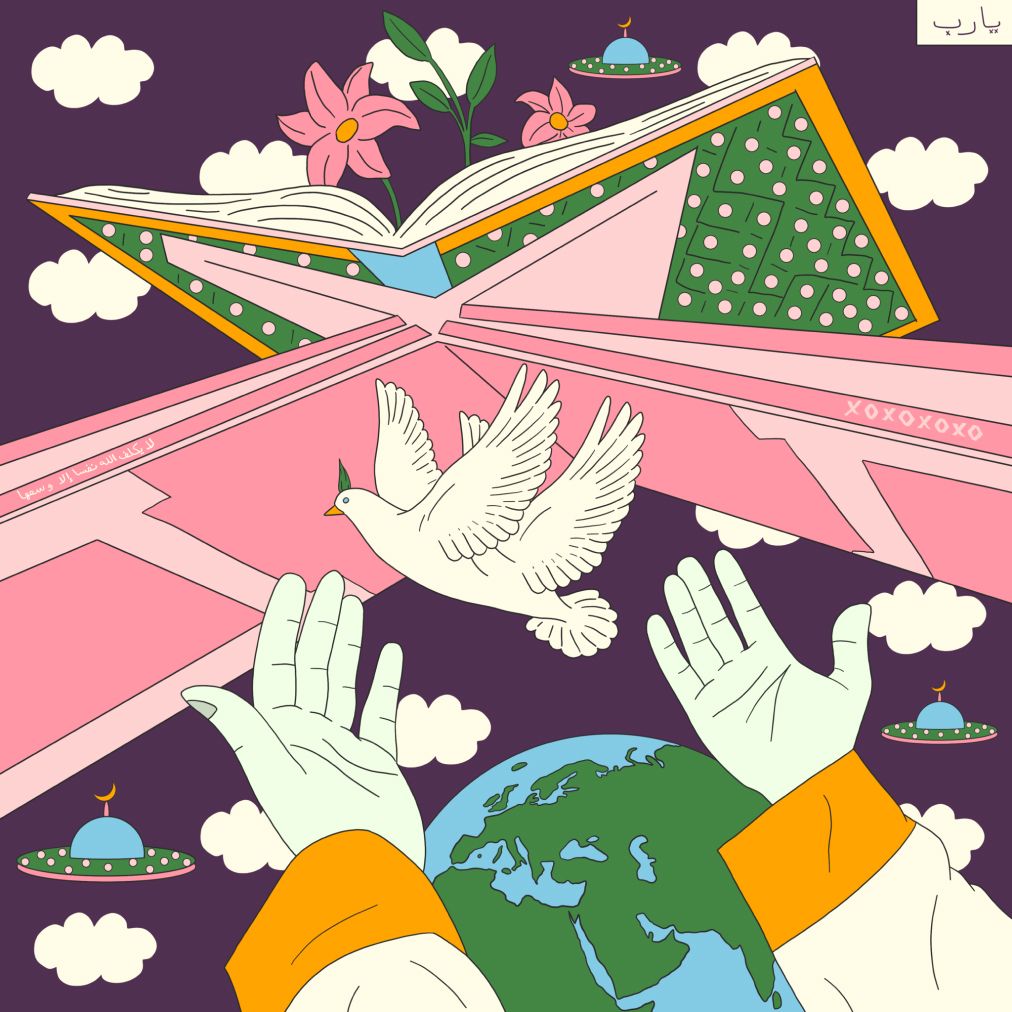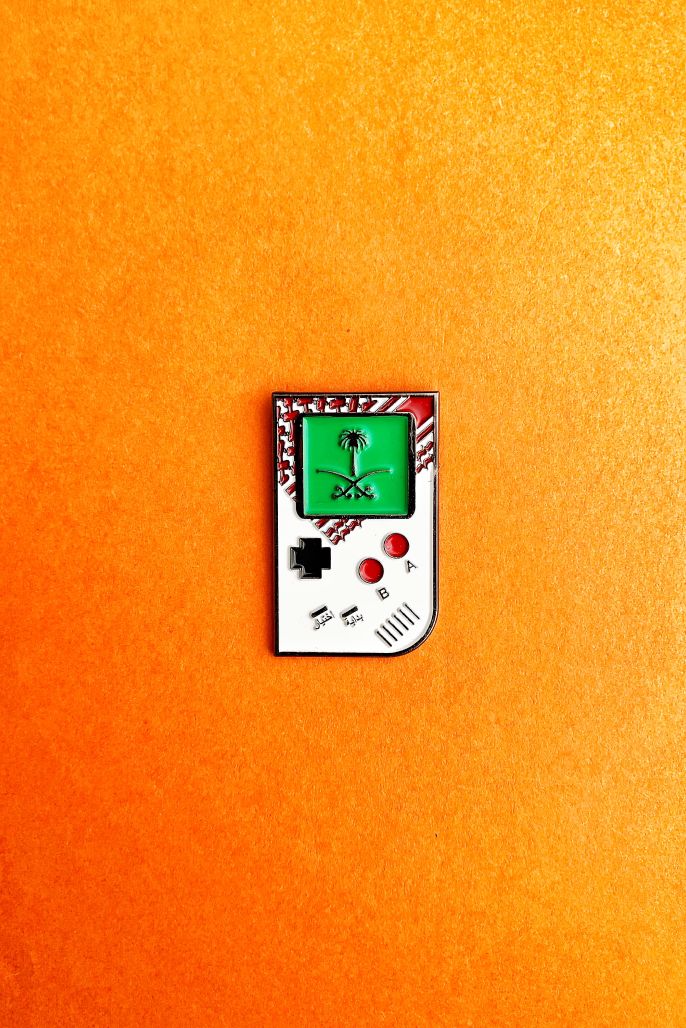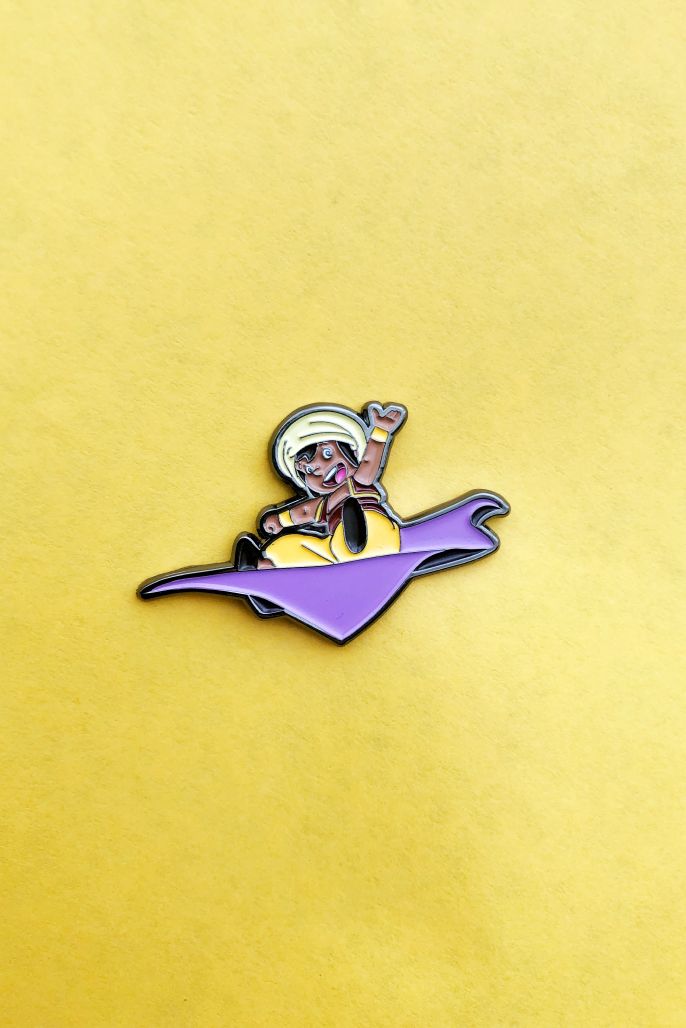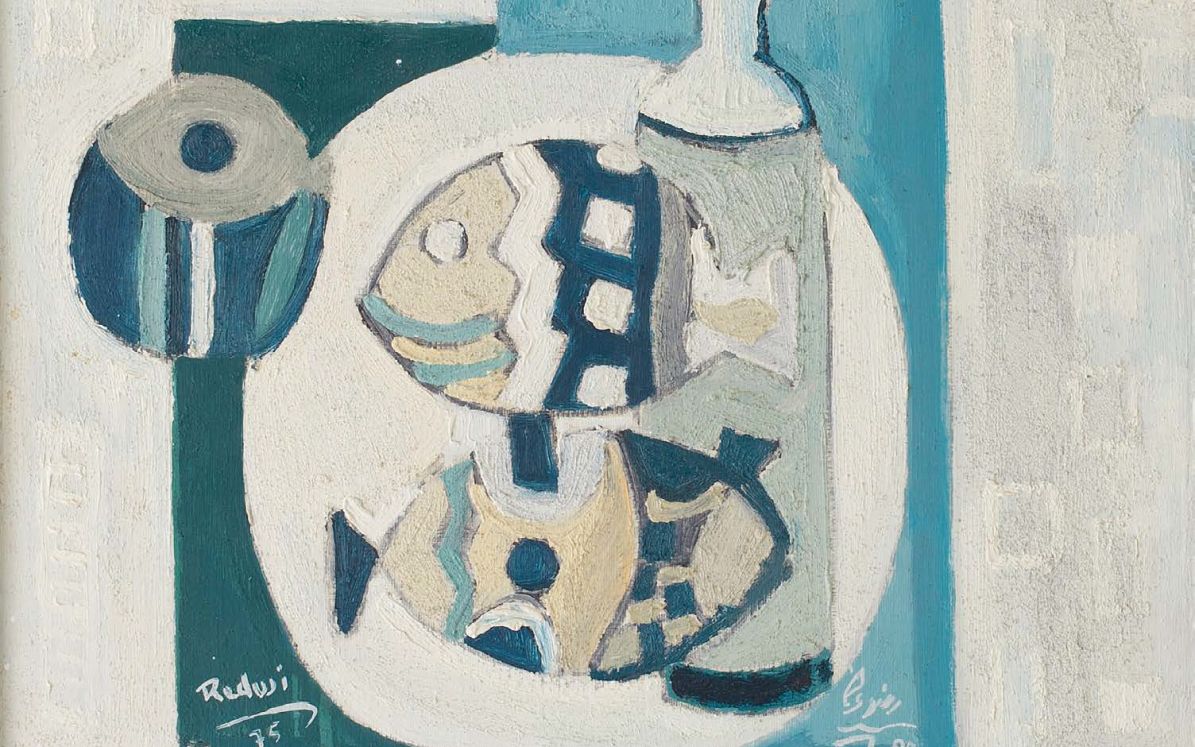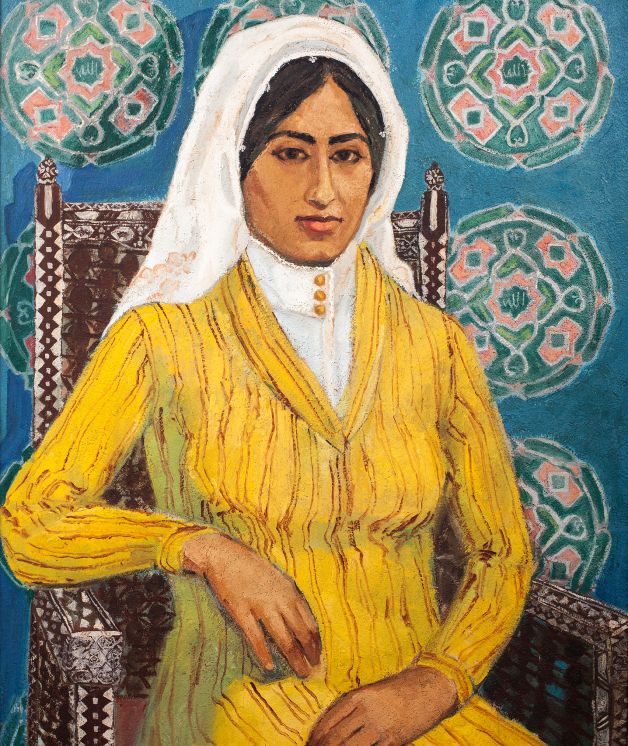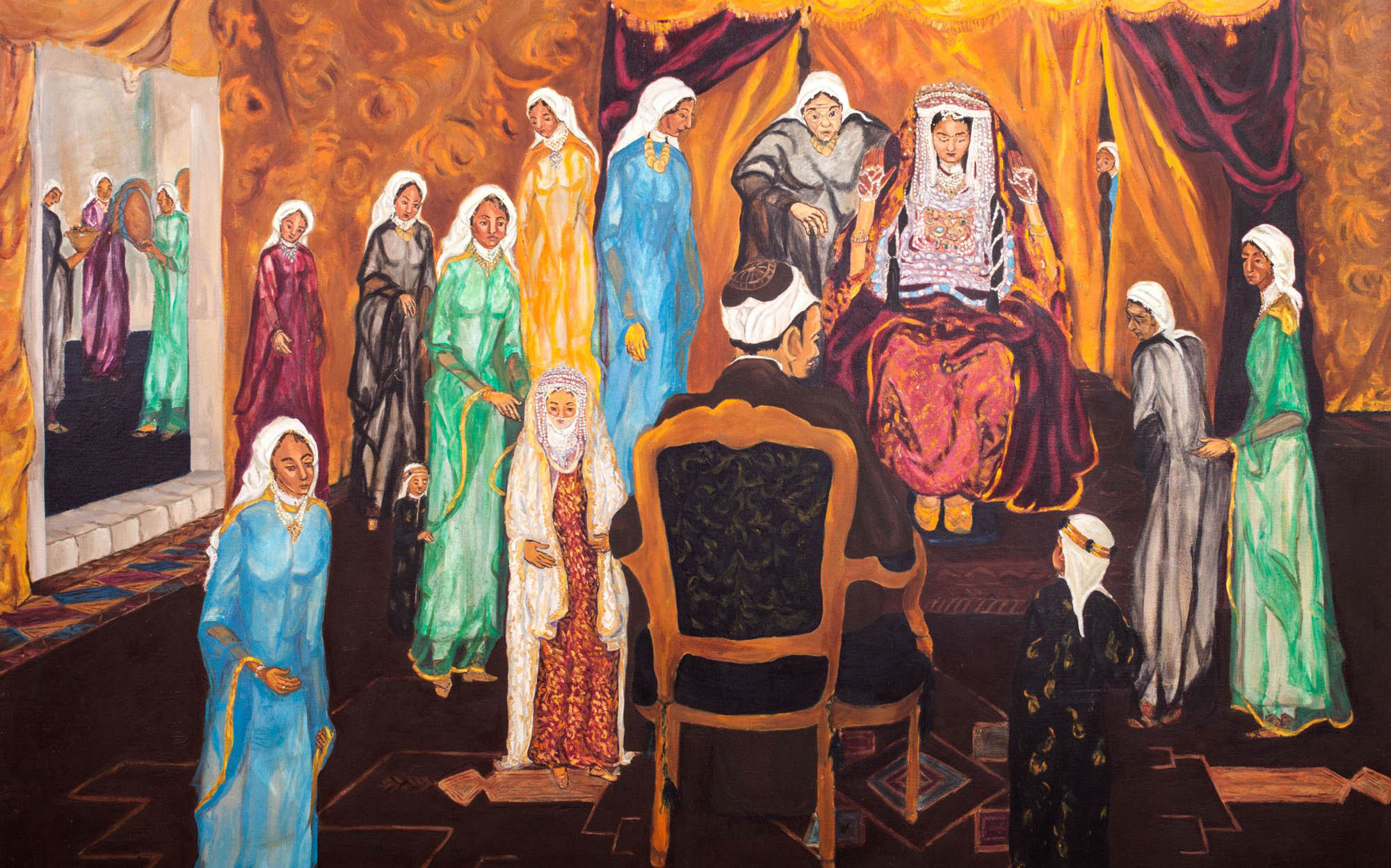How Saudi creatives are interpreting sentimental yearning
Garba’at Rasayl “a mess of letters” project by Hadeel Felemban.
Brought on by the deadly COVID-19 virus, people world wide- including artists— looked to the past and its cozy comfort for inspiration and grounding. Some artists are recycling old sentimental elements and cutting pieces and collaging. Others are reinterpreting fictional characters from childhood and reviving old sayings and images, and a third group is reviving old photos and antiques. There is no limit to creativity, and the five Saudi creatives featured here are all finding unique ways of paying homage to nostalgia.

Garba’at Rasayl “a mess of letters” project by Hadeel Felemban.
One such artist is Hadeel Felemban, who in the era of tap, tap, tap. Bing! prefers the old traditional way of leaving messages of inspiration and sentimentalism—paper letters.
“Nostalgia means everything we’ve experienced before, and we’d like to go back and experience it again,” the 23-year-old graphic designer told Ithraeyat.
She writes kind words for strangers in beautifully crafted letters surrounded by collage. Hadeel’s initiative is called Garba’at Rasayl, Arabic slang for “a mess of letters,” where strangers find her messages placed in different locations across Jeddah.
Her project of writing letters connects her to her father, who worked at the Saudi Post Office and passed away when she was just a toddler. A sentimental purpose drives Hadeel’s project as she sends good thoughts and well wishes through her letters. The letters addressed “If you find me, I’m yours” are anonymous treasures that the public can keep for years to come, inspiring nostalgic feelings and a sense of connection. “I believe that finding a letter, something tangible with it’s personalized design, can intrigue a stranger who may or may not have been immersed in the virtual world. Finding a handwritten letter can slow us down and notice the world surrounding us,” she said. During the lockdowns due to the COVID-19 pandemic, families spent a lot of time at home, engaged in reminiscent conversations.
“With the lockdown, we tend to have more time to ourselves that makes us feel more nostalgic to the days and stuff we used to do and enjoy,” said Hadeel. As we all texting and scrolling through our phones daily, Hadeel’s letters let strangers touch a tangible note, feel a sense of belonging, lift mindsets, connect with the world, and feel a sense of nostalgia for the old ways. The young Saudi artist views her stashed letters like hidden treasures, imagining the receivers treasuring this beautiful letter from her. “You read the words that were carefully written to help brighten up your day. The design is beautifully crafted to make it as friendly as possible and it is all addressed to you, the one who found it. Wouldn’t you keep it to be reminded that on a random day, a stranger drew a beautiful smile on your face? I know I definitely would.”
Rex Chouk, a pseudonym, is a young Saudi artist who uses an eclectic theme in his illustrations and depicts the spirit of an energetic and free-minded Saudi artist. His work captures modern trends, ideas, and utilizes inspirations that may not feel nostalgic to viewers yet. In time, we could look back at Rex Chouk’s art and feel nostalgic over the trends and new era of depictions of our present-day evolving Saudi culture.
With a growing following, his work captivates with a fresh perspective on the burgeoning cultural scene of an evolving nation while displaying traditional Saudi attire, cuisine, and locations in his illustrations. Through his edgy outlook, his work allows Saudi viewers to feel the current passage of time and the wave of a new future. Rex Chouk plays with the boundaries of modern art and sets afoot to the future.
Photographer and collagist, Rund Al-Arabi’s Circa Now present an earlier collection of family photographs compiled together with old letters and vintage antiques into a brilliant collage. Circa Now transports you to previous generations; when the sepia tone was the default camera filter and handwritten letters were inked on a yellow-beige color tone that exposes its age. Al-Arabi created a collection that revealed an intimate family story, one that viewers could admire and feel their own sentiment towards old photos and the stories they carry. As the modern age saves photos and memories digitally, Al-Arabi’s reminds us that each household has stashed a box of family albums to be taken out and shared among family and friends. Rund Al-Arabi looks to the past and adorns her art with the treasures of past years.
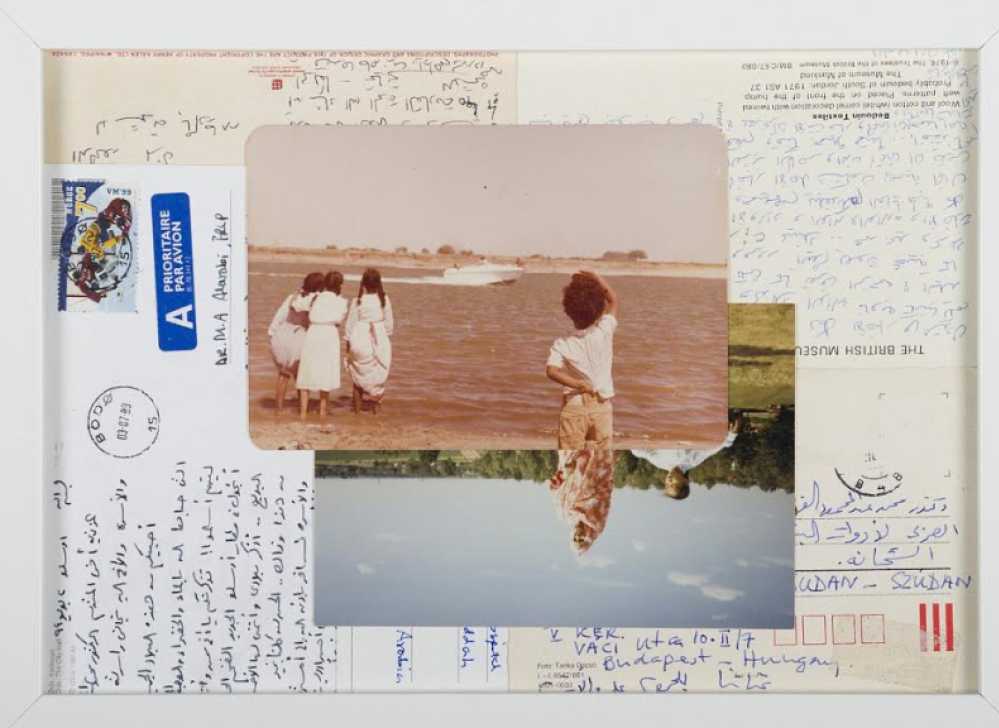
A piece by Rund Al-Arabi.
“let’s make something creative,” is slogan of Labeed Assidmi, the owner of Pinnizer shop with products capturing the essence of Nostalgia and the “Ayam Al Taybeen” (the days of the good/innocent people). The pins one wears tells a story, and for Labeed, he decided to choose childhood cartoon heroes that inspired him to dream and imagine of faraway places like the traveler ‘Sinband,’ a character from the 1,001 Arabian Night.
Any Arab child during the 1980s and 1990s, grew up and fell in love with the same Japanese animation – dubbed in Arabic – as everyone else. Broadcast on local channels across the Arab world, the different anime series were the product of the Gulf Cooperation Council Joint Production Program Institution, set up in 1976 to make television programs for the region. One of the main reasons for its success was the pan-Arab push behind it, and how the right people worked on it. It hired Kuwaiti, Iraqi and Syrian actors to dub more than 50 Japanese animations into Arabic.
It also hired famous singers such as the legendary Lebanese crooner, Sammy Clark, who despite being a successful singer in his own right will forever be remembered as the musical voice behind these animations, like the widely popular sci-fi Grendizer (the story of a prince from another planet defending Earth against aliens) and Jazerat Al Kanz (based on the classic Treasure Island). The dashing ‘Captain John Silver’ from Jazerat Al Kanz, “Makkah” red camera, and console GameBoy are just some of the featured designs.
“Nostalgia is the essence of pinnizer idea,” noted Assimdi. “Being nostalgic to the time of childhood and innocence. Everyone has a childhood and there are memories there that are remembered and cherished. Nostalgia is remembering, a scene, a feel and a smile.”
Rehab Zakriis a talented artist and student of interior design, who can transform any piece of object into art, from a rock to a piece of glass, all is transformed. A piece from the past is revived with new sentimental art. Rehab’s profile artwork is a piece she drew that captures her journey back into her soul and finding peace. “The concept of a home is nostalgic to me, and my paints trigger this feeling of going home. I live through the colors and the movements and I go back and reflect and dream,” she said. Soft and dreamy, Rehab’s art transports whoever sees it to the warmer past.

An artwork by Rehab Zakri.
